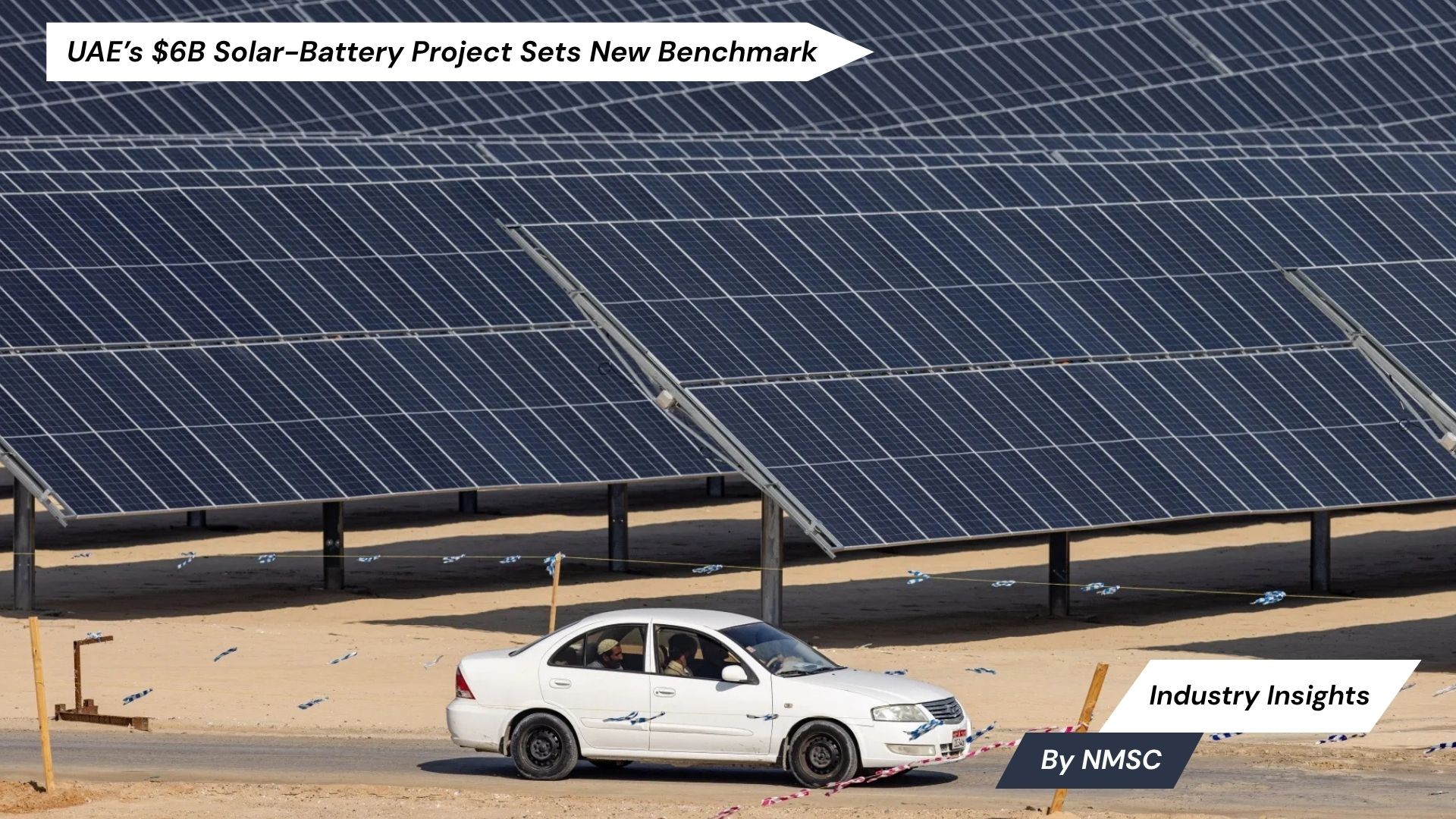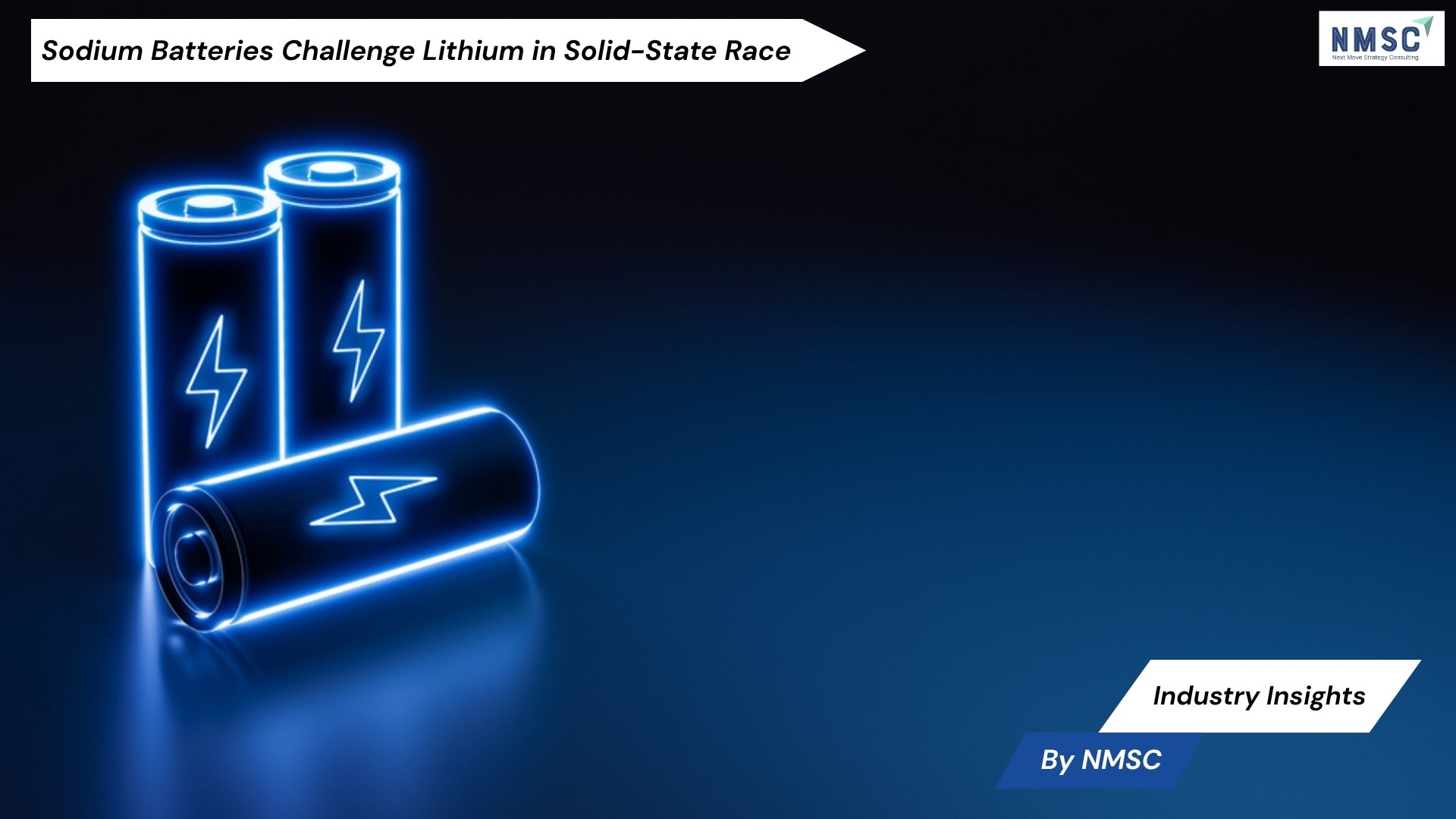Russia Heat Exchangers Market is expected to reach USD 473.9 million by 2030
Published: 2025-01-27
Growing demand for renewable energy and growing industrialization and urbanization are driving up demand for the Russia heat exchangers market during the forecast period.
The Russia Heat Exchangers Market size was valued at USD 352.4 million in 2023 and is predicted to reach USD 473.9 million by 2030, with a CAGR of 3.7% from 2024 to 2030, according to new research by Next Move Strategy Consulting.
The increasing demand for renewable energy is fueling market expansion in Russia. With a focus on sustainability and reducing carbon emissions, there's a notable shift towards renewable energy sources. This transition creates opportunities for technologies such as heat exchangers, which are essential in renewable energy systems such as solar thermal and geothermal power generation.
As Russia aims to diversify its energy mix and achieve sustainability goals, the demand for heat exchangers for renewable energy applications is expected to rise, driving market growth in the country. The expansion of industrialization and urbanization in Russia is a primary driver of market growth. As urban areas grow and industrial sectors develop, there's an increasing demand for infrastructure and services, including heating, ventilation, and air conditioning (HVAC) systems.
Heat exchangers are crucial components in these systems, facilitating efficient heat transfer for both residential and commercial buildings. Moreover, in industrial contexts, heat exchangers are indispensable for processes such as power generation, chemical manufacturing, and industrial production.
With the growing demand for these applications, fueled by industrialization and urbanization trends, the market for heat exchangers is projected to expand in Russia. The high costs associated with both installation and maintenance present a notable challenge to market expansion. Despite the effectiveness of heat exchangers in heat transfer solutions, the initial investment and ongoing maintenance expenses can be significant.
This financial burden often discourages businesses, particularly those with limited financial resources, from adopting heat exchangers technologies. Furthermore, while energy-efficient heat exchangers may offer long-term savings, the need for regular maintenance and operational costs, such as cleaning and repairs, adds to the overall ownership expenses.
As a result, the perceived financial barrier arising from these costs restricts the widespread adoption of heat exchangers, thus constraining market growth across certain sectors. Integration with renewable energy systems represents a promising market opportunity for heat exchangers.
As the global transition to sustainable energy sources gains momentum, there is an increasing demand for heat exchangers integrated into renewable energy systems such as solar thermal, geothermal, and biomass. These systems rely on heat exchangers to efficiently capture and transfer thermal energy, driving the need for specialized heat exchanger solutions.
Additionally, government incentives and regulations promoting renewable energy adoption further bolster market opportunities for heat exchangers. By aligning with renewable energy initiatives, heat exchanger manufacturers can access a rapidly expanding market segment and contribute to a more sustainable future.
Request for a Sample PDF on the Russia Heat Exchangers Market
Several market players operating in Russia heat exchangers market include Alfa Laval AB, Johnson Controls International plc, Carrier Global Corporation, Lennox International Inc., Trane Technologies plc, API Heat Transfer Inc., Kelvion Holding GmbH, Xylem Inc., Danfoss Group, and General Electric Company among others.
Key Insights from the Russia Heat Exchangers Market Report:
-
The information related to key drivers, restraints, and opportunities and their impact on the Russia heat exchangers market is provided in the report.
-
The value chain analysis in the market study provides a clear picture of the roles of each stakeholder.
-
The market share of players in the Russia heat exchangers market is provided in the report along with their competitive analysis.
















Add Comment